Foamy virus in humans occurs only as a result of zoonotic infection. Vector research is mainly based on primate foamy viruses PFV but cats are an alternative animal model due to their smaller size and the existence of a cognate feline foamy virus FFV.
Development Of Foamy Virus Vectors For Gene Therapy For Neurological Disorders And Other Diseases Bioengineering In Neurological Disorders Part 1
The helper and vector plasmid constructs used both lack the HFV bel genes so recombination between these constructs cannot create a.
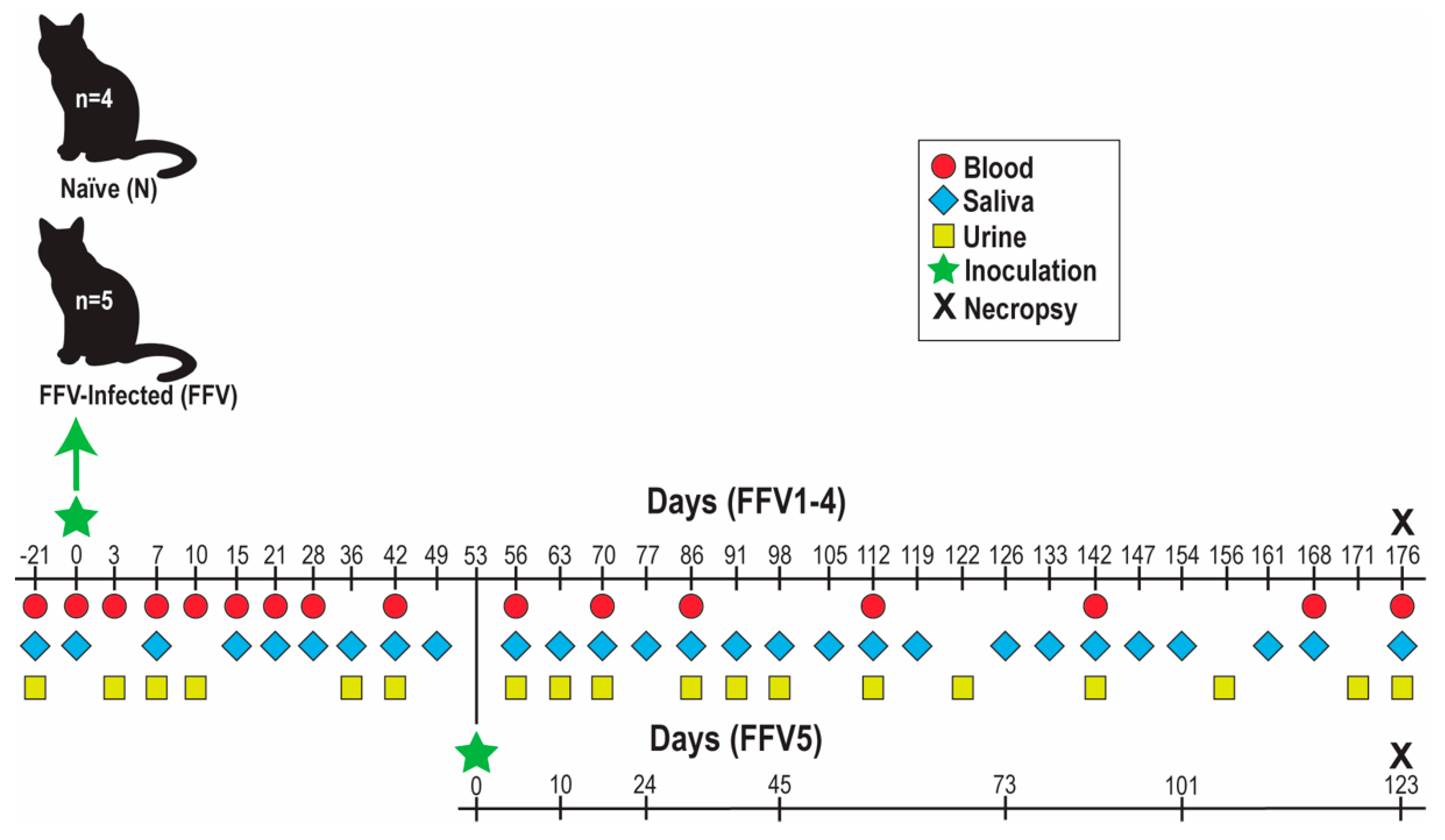
Foamy virus vectors. The helper and vector plasmid constructs used both lack the HFV bel genes so recombin. NIFV vectors produced high-titer stocks transduced dividing. Foamy viruses comprise a major subfamily of retroviruses with properties that make them attractive for HSC gene therapy.
We demonstrate that the foamy virus long terminal repeats contain an insulator element that binds CCCTC-binding factor and reduces its insertional genotoxicity. Prototype foamy virus PFV vectors have been described for gene therapy although their use has mainly been restricted to ex vivo stem cell modification. Mergia A Heinkelein M.
However existing FV vec-tors either retain a significant portion of the wild-type virus genome or are produced at low titers. Here we describe a method for the production of HFV vector stocks free of detectable helper virus. Retroviral vectors based on foamy viruses FV are efficient gene delivery vehicles for therapeutic and research applications.
The foamy viruses derive their name from the characteristic foamy appearance of the cytopathic effect induced in the cells. Vectors based on human foamy virus have been developed but low titers and the presence of replication-competent retrovirus RCR in vector stocks. The efficiency of simian foamy virus vector type-1 SFV-1 in non-dividing cells and in human PBLs.
Properties of human foamy virus relevant to its development as a vector for gene therapy. Foamy virus replication is different from that of other retroviruses. Thus foamy virus vectors are actively being developed in parallel to lentivirus vectors.
We found foamy virus vectors to be remarkably less genotoxic well below what was expected from their integration site preferences. New-generation retroviral vectors have potential applications in vaccination and gene therapy. 1991 Sequence analysis of the simian foamy virus type 1 genome.
We describe a transient cotransfection system that produces high-titer FV vectors with minimal cis-acting regions. Until now only used and further developed by a handful of investigators these vectors have been shown to be promising tools for the gene transfer into haematopoietic stem cells. Viral vectors are rapidly being developed for a range of applications in research and gene therapy.
While previous studies have shown that FV vectors transduce quiescent cell cultures more efficiently than oncoviral vectors their specific cell cycle requirements have not been determined. The spumaviruses are complex and significantly different from the other six genera of retroviruses in several ways. Several inherent features of foamy virus-derived vectors such as the high efficiency.
Publisher Name Springer Berlin Heidelberg. FV vectors have been used to deliver HIV-inhibiting transgenes to human HSCs and they have several advantages relative to other retroviral vectors. Importantly foamy viruses are less likely to integrate near proto-oncogenes as compared with MLV-derived gammaretroviral vector systems and unlike HIV-derived lentiviral vectors do not show an overall preference for insertion within genes.
These include an attractive safety profile broad tropism a large transgene capacity. The first vectors derived from foamy viruses were established over ten years ago. Foamy viruses FVs or spumaviruses are integrating retroviruses that have been developed as vectors.
We demonstrate that FV. Foamy virus is an attractive vector for gene therapy. 2006 Foamy virus vector integration sites in normal human cells Proc Natl Acad Sci USA 103 149815031503 PMC free article Hill CL Bieniasz PD andMcClure MO.
Kupiec J Kay A Hayat M et al. Foamy virus integrates into the host cell in typical retrovirus manner. Foamy retroviral vectors have several advantages over gammaretroviral and lentiviral vectors including a potentially safer integration profile and a lower propensity to activate nearby genes.
Foamy viruses FVs are nonpathogenic retroviruses that infect various animals including bovines felines nonhuman primates NHPs and can be transmitted to humans through zoonotic infection. Here we generated nonintegrating foamy virus NIFV vectors by introducing point mutations into the highly conserved DD35E catalytic core motif of the foamy virus integrase sequence. Retroviral vectors based on human foamy virus HFV have been developed and show promise as gene therapy vehicles.
Current Topics in Microbiology and Immunology vol 277. Foamy viruses have untapped potential as safe vectors. Recent investigations have revealed that foamy viruses another group of retroviruses are also capable of infecting non-dividing cells.
Due to their non-pathogenic nature broad tissue tropism and relatively safe integration profile FVs have been engineered as novel vectors foamy virus vector FVV for stable gene transfer into different cells and. Here we describe a method for the production of HFV vector stocks free of detectable helper virus. Foamy virus FV vectors are derived from non-pathogenic viruses that are not endemic to the human population.
This review will also include various aspects of the biology of foamy viruses with relevance to vector development. 2003 Foamy Virus Vectors. Foamy viruses are particularly interesting as vectors because they are not associated to any disease.
The first vectors derived from foamy viruses were established over ten years ago. Until now only used and further developed by a handful of investigators these vectors have been shown to be promising tools for the gene transfer into haematopoietic stem cells. Foamy virus FV vectors show promise for gene therapy applications.
Retroviral vectors based on human foamy virus HFV have been developed and show promise as gene therapy vehicles. Human foamy virus is a retrovirus and specifically belongs to the genus Spumavirus. Here we explored the potential of vectors based on the foamy virus FV for genetic engineering of neural progenitor cells.
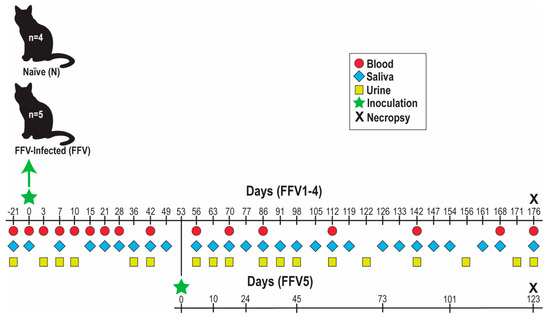
Viruses Free Full Text Feline Foamy Virus Infection Characterization Of Experimental Infection And Prevalence Of Natural Infection In Domestic Cats With And Without Chronic Kidney Disease Html

Hospital Free Content Patient Clip Art Bed Clipart Free Content Logo Website Clinic Presentation In 2021 Bed Clipart Free Content Clip Art

Schematic Overview Of The Spuma Or Foamy Viruses Fv Replication Download Scientific Diagram

Genome Of Prototype Foamy Virus Pfv Depicted Is The Molecular Clone Download Scientific Diagram

Viruses Free Full Text Feline Foamy Virus Infection Characterization Of Experimental Infection And Prevalence Of Natural Infection In Domestic Cats With And Without Chronic Kidney Disease Html
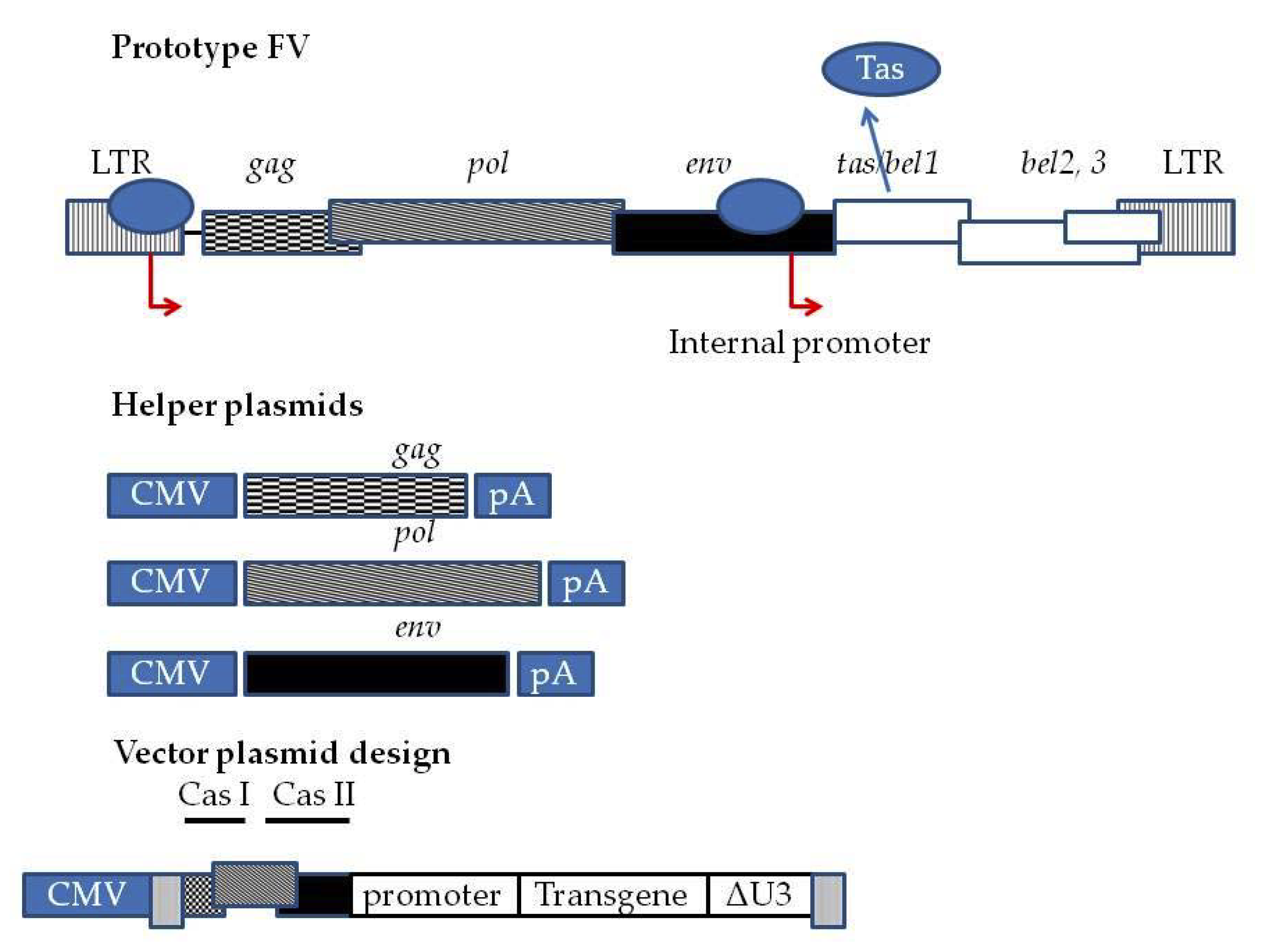
Viruses Free Full Text Fv Vectors As Alternative Gene Vehicles For Gene Transfer In Hscs Html

No Walking Forbidden Sign No Walking No Step Forbidden Sign Png Transparent Clipart Image And Psd File For Free Download Geometric Pattern Background Signs Clip Art

Foamy Viruses Basicmedical Key
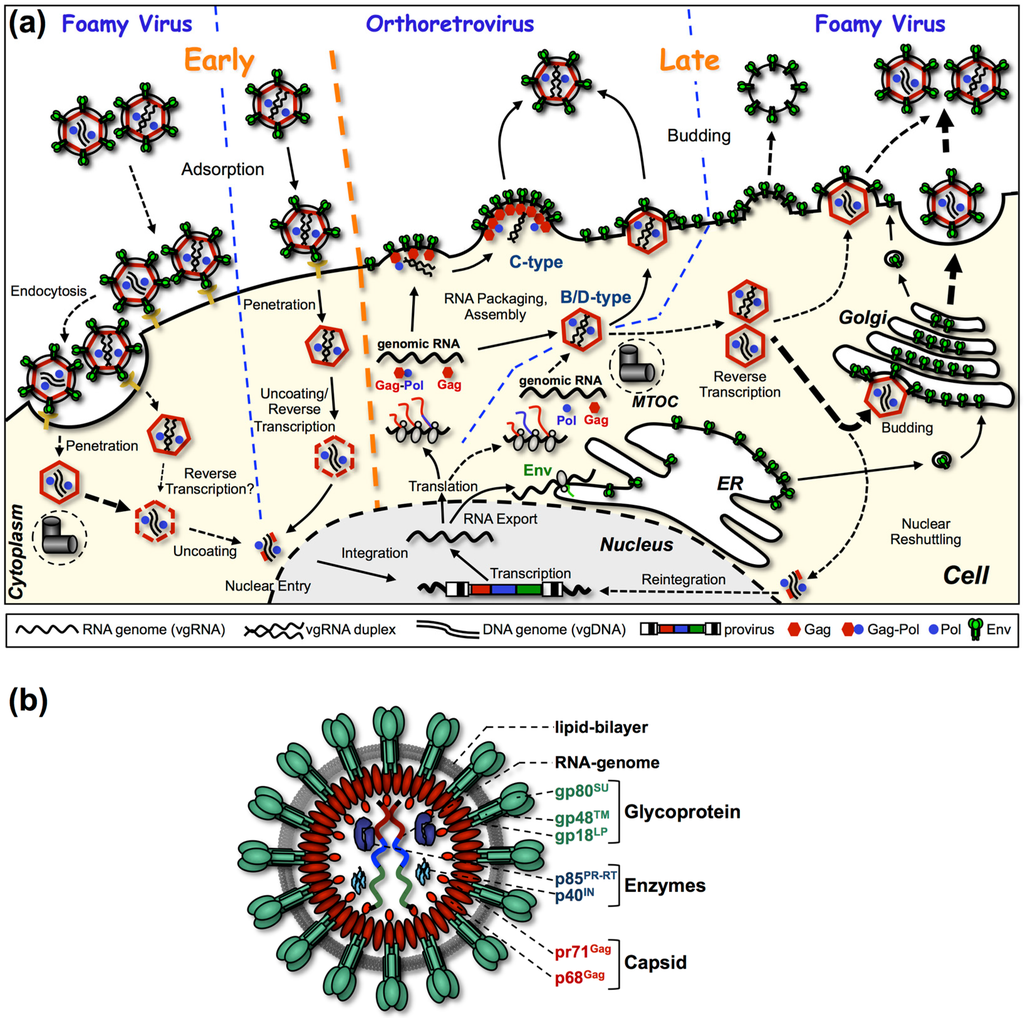
Viruses Free Full Text Foamy Virus Protein Nucleic Acid Interactions During Particle Morphogenesis Html
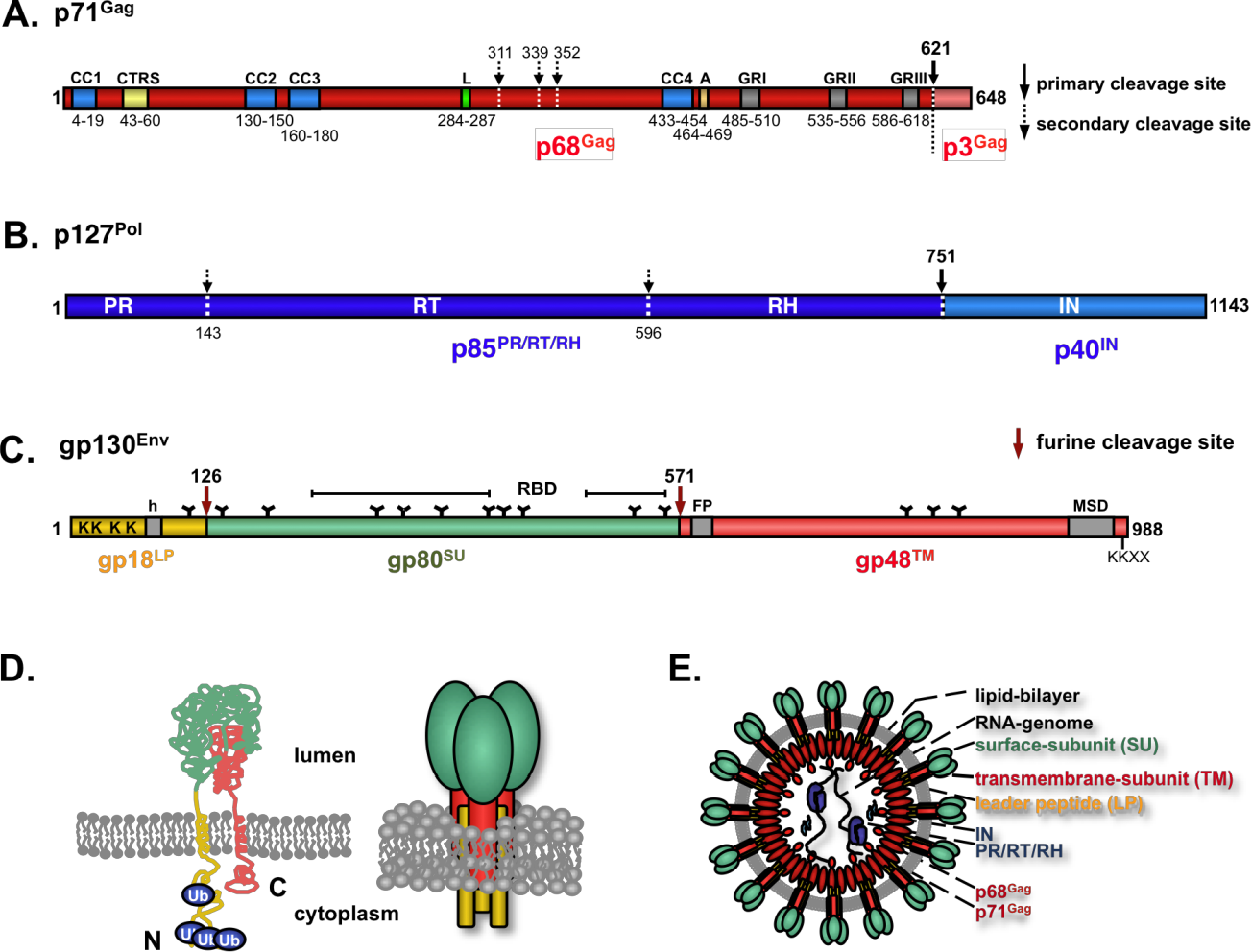
Pdf Foamy Virus Biology And Its Application For Vector Development Semantic Scholar

Oncolytic Foamy Virus Generation And Properties Of A Nonpathogenic Replicating Retroviral Vector System That Targets Chronically Proliferating Cancer Cells Journal Of Virology
Development Of Foamy Virus Vectors For Gene Therapy For Neurological Disorders And Other Diseases Bioengineering In Neurological Disorders Part 2

Foamy Virus Provirus Organization Transcripts And Essential Cis Acting Download Scientific Diagram

Model Of Foamy Virus Fv Glycoprotein Dependent Entry Into Host Cells Download Scientific Diagram

Transient Foamy Virus Vector Production By Adenovirus Vectors Gene Therapy
Genetic Structure And Schematic Illustration Of Bovine Foamy Virus Download Scientific Diagram



Comments
Post a Comment